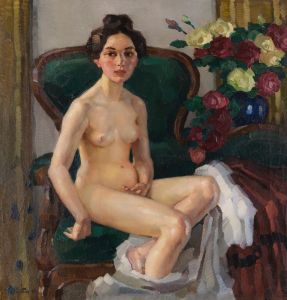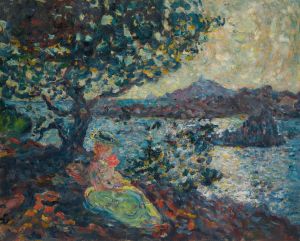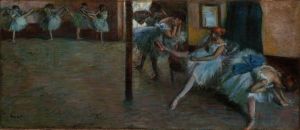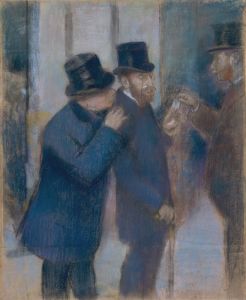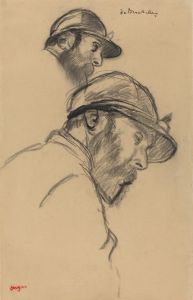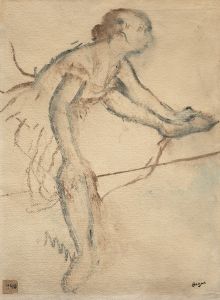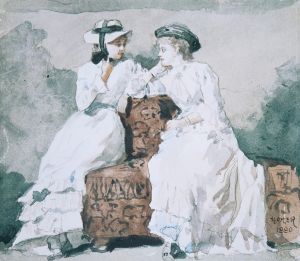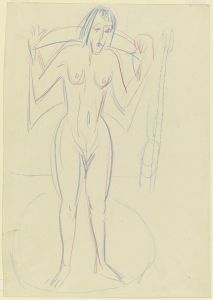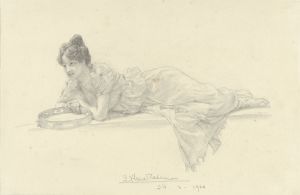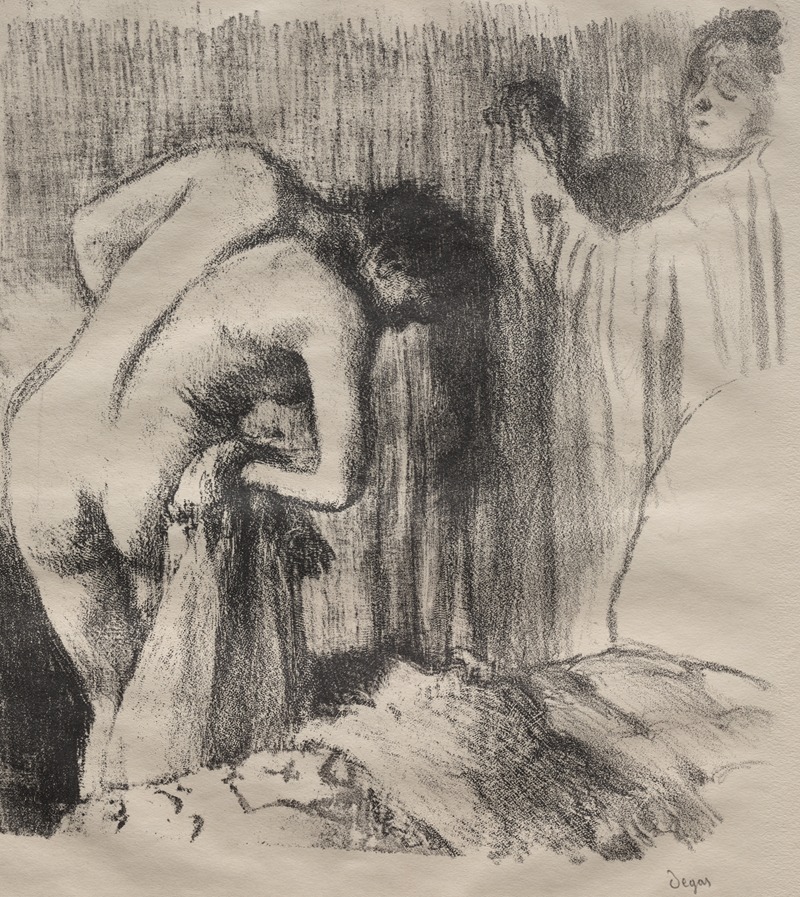
After the Bath III
A hand-painted replica of Edgar Degas’s masterpiece After the Bath III, meticulously crafted by professional artists to capture the true essence of the original. Each piece is created with museum-quality canvas and rare mineral pigments, carefully painted by experienced artists with delicate brushstrokes and rich, layered colors to perfectly recreate the texture of the original artwork. Unlike machine-printed reproductions, this hand-painted version brings the painting to life, infused with the artist’s emotions and skill in every stroke. Whether for personal collection or home decoration, it instantly elevates the artistic atmosphere of any space.
Edgar Degas, a prominent French artist associated with the Impressionist movement, is renowned for his masterful depictions of dancers, women, and scenes of everyday life. One of his notable works is "After the Bath III," a part of a series that explores the intimate and private moments of women bathing. This painting, like many of Degas' works, reflects his keen interest in capturing the human form in natural, unguarded moments.
"After the Bath III" is characterized by Degas' distinctive style, which combines elements of Impressionism with a strong emphasis on line and form. Unlike many of his contemporaries, Degas often preferred indoor scenes and artificial lighting, which allowed him to explore the subtleties of human anatomy and movement. This particular work is a testament to his skill in rendering the human body with both precision and sensitivity.
The painting depicts a woman in the process of drying herself after a bath, a theme that Degas revisited numerous times throughout his career. The composition is intimate, offering a glimpse into a private moment that is both mundane and beautiful. Degas' use of pastel in this series is particularly noteworthy. Pastels allowed him to achieve a softness and delicacy in the depiction of skin tones, as well as to experiment with color and texture in a way that oil paints did not.
Degas' approach to the subject matter in "After the Bath III" is both observational and innovative. He often used models to pose in his studio, capturing their movements and gestures in a series of sketches before creating the final work. This method allowed him to study the play of light on the body and the nuances of posture and balance. The result is a composition that feels both spontaneous and meticulously crafted.
The painting is also significant for its composition and perspective. Degas often employed unusual angles and cropping in his works, influenced by the burgeoning field of photography and Japanese prints, which were popular in Europe at the time. In "After the Bath III," the viewer's perspective is slightly elevated, creating a sense of voyeurism while maintaining a respectful distance. This perspective, combined with the soft, muted palette, enhances the intimate atmosphere of the scene.
"After the Bath III" is part of a broader series of works by Degas that focus on women in various stages of bathing and grooming. These works are celebrated for their candid portrayal of women engaged in everyday activities, free from the idealization that characterized much of the art of the period. Instead of presenting his subjects as objects of beauty, Degas captures them as individuals absorbed in their routines, emphasizing their humanity and individuality.
Degas' exploration of the theme of women bathing reflects broader trends in 19th-century art, where artists sought to depict modern life in all its facets. His works offer a counterpoint to the grand historical and mythological subjects that dominated academic painting, focusing instead on the beauty and complexity of ordinary moments.
"After the Bath III" remains an important work in Degas' oeuvre, exemplifying his innovative approach to composition, his mastery of pastel as a medium, and his commitment to portraying the human figure with honesty and empathy. Through this painting, Degas invites viewers to appreciate the quiet beauty of everyday life, rendered with a sensitivity and skill that continues to resonate with audiences today.







